Table of Contents
Some parchment papers are ideal for composting. Clean, chlorine-free parchment paper can supply your compost pile with essential carbon needed for microbial growth. The risk of pests and odors in a mismanaged pile are linked to composting food-soiled paper.
Avoid coated (silicone and wax) parchment papers. Their chemicals can be toxic to helpful microorganisms. Although compostable, chlorine contamination is a concern from white parchment paper. Discard these types to keep your compost organic and healthy.

Recycling regulations on parchment papers differ depending on your location. Although most recycling centers do not accept them, there are some that do. Contact the nearest facility in your area to learn more.
To make use of parchment paper as composting material, careful preparation and optimal conditions must be followed closely. Continue below for a comprehensive guide on composting parchment paper.
Types of Parchment Paper for Composting
Paper products from the kitchen — like parchment papers — contribute significantly to household wastes. Commonly used for baking and storage, this paper product makes cooking easier. Sometimes called baking paper, butter paper, and greaseproof paper, parchment paper prevents your dough from sticking and spreading on the tray, and works well as a packet for steamed chicken, seafood, and vegetables.
Although helpful, the typical parchment paper leaves more environmental footprint compared to its sustainable counterparts. See the two main types of parchment paper below that can provide crucial carbon to your compost pile.
Unbleached Parchment Papers
Brown, unwaxed parchment paper consists of paper pulps with a thin layer of silicone, giving it a nonstick finish. It is untreated and no bleaching process is used in creating unbleached parchment paper.
Brands like If You Care® produce greaseproof, unbleached parchment paper suitable for home composting and industrial composting. They are certified by the United States Department of Agriculture (USDA) as a biobased paper product and approved by the Forest Stewardship Council (FSC).
Unbleached brown paper sheets from Smartake®, Reynolds®, and Hiware® are ideal for large-scale industrial composting.
Parchment papers with additional wax coating from petroleum-based sources should be avoided. Adding them can hinder microbial growth within your compost pile or compost heap. Watch out for silicone coating because that layer is difficult for microbes to break apart.
Bleached Parchment Papers
Characterized by its white color, bleached paper is less environmentally friendly. Most manufacturers use chlorine or other chlorine derivatives as bleaching agents. Traces of chlorine bleach can survive the process and persist in the resulting parchment. In small quantities, uncoated and unwaxed white parchment papers are fine to compost. However, risk of chlorine contamination comes with it.
Traces of chlorine can release dioxins that cause health issues and environment degradation. If you want to keep your compost pile and garden purely organic, explore other composting alternatives for bleached parchment papers.
How to Compost Parchment Paper
Careful identification, correct preparation of compostable parchment papers, and optimal composting conditions will result in a healthy soil additive for your plants. Avoid waxed or coated parchment papers to protect your beneficial composting microbes from harmful chemicals.
Preparing Parchment Paper for Composting
Remove excess food residues from your compostable parchment paper. Separate bread crumbs, loose dairy, or meat from your parchment paper to keep it entirely as brown material.
Parchment paper takes a longer time to break down. This can be challenging, especially if you prepare compostable parch paper incorrectly. The rate of decomposition slows down due to the smooth surface on your parchment, making it harder to penetrate.
To accelerate the decomposition of your compostable parchment papers, cut them into smaller pieces. This step will allow composting microbes to easily break apart your compostable parchment paper. When composting, smaller pieces decompose faster.
A heavy-duty shredder can be useful when dealing with huge amounts of carbon-rich brown materials like cardboard and parchment paper.
Optimal Composting Conditions for Parchment Paper
To guarantee successful composting, balance your shredded parchment paper with green ingredients and other brown ingredients. Composting microorganisms will highly benefit from a balanced compost pile. Parchment paper can provide your pile with carbon, needed as an energy source for composting. Food waste like fruit and vegetable trimmings can be readily available after you cook meals. Dead leaves, shredded cardboard, and untreated sawdust are welcome additions as brown materials. Hold on to these organic materials and use them to nourish your compost.
When layering these compostable items, maintain a ratio of 25 to 30 parts carbon to every 1 part of nitrogen.
Another crucial factor in composting is the pile’s moisture levels. When your compost becomes too dry, the decomposition process slows down. Add more water as needed but be careful when doing so. Excessive moisture within the pile can generate anaerobic environment that causes your compost to smell unpleasantly.
When hot composting parchment scraps, aim for the optimal temperatures between 90 and 140 degrees Fahrenheit. Though this can be challenging, turning the pile for aeration can help sustain this high heat, effectively “cooking” your organic wastes.
Shredded parchment paper with minimal food residues should be buried deep within the center of the compost pile where heat is intense, accelerating its decomposition.
Keep these optimal conditions in mind when composting parchment paper.
How Long Does Parchment Paper Take to Compost?
Depending on your compost pile’s conditions, compostable parchment paper can break down within 2 to 3 months. Including them in your pile or bin may not be ideal when you’re aiming to produce healthy compost in 4 to 6 weeks.
Prepare your compostable parchment paper correctly and aim for the optimal composting conditions to yield the best compost quality.
How Parchment Paper Affects the Composting Process
Carbon-rich parchment paper supplies your compost pile with carbon, boosting its microbial activity. When balanced with other organic wastes, they can help speed up your composting process.
Impact on Decomposition
Before going into your compost pile or compost bin, tear or shred your compostable parchment paper. These common baking wastes can provide your microorganisms with carbon. With a solid energy source, the community of composting microbes can efficiently convert your parchment paper into a valuable compost.
Adding huge amounts of uncut parchment paper can be problematic to your pile. Clumping and anaerobic decomposition result from incorrect preparation.
Microbial Activity
Support your compost pile’s microbial activity by balancing green ingredients with brown ingredients and avoiding chemically-treated parchment paper. Keep in mind, the rate of decomposition slows down when you include coated parchment papers.
Identify your parchment paper if they are suitable for composting. If you feel unsure about its composition, it’s best to explore other composting alternatives to safeguard your compost pile’s microbial activity.
Temperature and Moisture
Large amounts of shredded parchment paper will throw off your carbon-nitrogen ratio and potentially lower moisture. Gradually add your compostable parchment pieces into the compost pile center to accelerate their decomposition. As a consequence of an active microbial growth, heat generated by composting microbes will help sustain the optimum temperature for hot composts (from 90 to 140 degrees Fahrenheit).
If you accidentally made your pile watery, integrate more carbon materials like shredded parchment because their wood pulp can absorb the excess moisture effectively.
Potential Issues With Composting Parchment Paper
Parchment paper with excessive food residues can cause common problems in a mismanaged compost pile. Additionally, coated parchment paper introduces unwanted toxins that can harm your helpful microorganisms.
Will Composting Parchment Paper Attract Pests?
Clean, compostable parchment paper usually does not attract pests. Ensure that there are no huge amounts of food residues on your used parchment that will attract problematic critters. Pieces of dirty parchment paper should be integrated into the pile’s center to accelerate their decomposition and conceal them from pests.
Will Composting Parchment Paper Cause Odors?
Unless contaminated with food, parchment paper does not cause unpleasant odors in a well-maintained compost pile. Aerate the pile by turning regularly and balance moisture levels to encourage efficient decomposition.
Methods for Composting Parchment Paper
Different composting methods are suitable for parchment paper. Consider your resources and lifestyle before choosing any of the options below.
Hot Composting
Due to its carbon content, shredded parchment paper is a great addition to a hot compost pile. Although challenging to maintain, a hot compost pile yields compost faster than any other composting method. This is possible because of the heat generated by the composting microorganisms that “cooks” the organic waste.
When hot composting, maintain your compost pile’s temperature within 90 to 140 degrees Fahrenheit. Turning the pile constantly will help oxygen reach your ingredients evenly. Prepare your compostable parchment paper correctly before starting a hot compost. Doing so will minimize risks of composting problems.
Cold Composting
First time composters will love cold composting. Unlike hot composting, it requires little to no human intervention during the decomposition process. The resulting compost, however, is produced after a long period of time. Cold composting lets nature do its job.
Brown materials like cardboard and parchment paper are fine to cold compost. If you’re doing an open pile for your cold compost, you may place a sheet of metal or wood to keep out pests.
Vermicomposting
Uncoated, brown parchment paper is safe to vermicompost. Wetting your parchment and shredding it will help your worm farm process these wastes faster. Gradually integrate these pieces into your worm farm and provide other food sources for a diverse diet. As a result, the worm castings are valuable compost for your garden soil.
Avoid bleached, and coated parchment paper because their chemical composition can harm your worm farm. Adding too many parchment papers with food residues can make your worm farm smell. Only include dirty parchment papers in small amounts.
Bokashi Composting
Compostable parchment paper can be included in your Bokashi bin. However, some composters do not recommend adding them since they offer no nutrients for the fermenting microbes from the Bokashi bran inoculant. These organisms primarily thrive on carbohydrates and sugars found in food scraps.
Bokashi composting is ideal for composters who have limited indoor or outdoor space for composting.
Alternatives to Composting Parchment Paper
Explore other sustainable alternatives to composting parchment paper. Landfills should be the last option for these wastes.
Industrial Composting of Parchment Paper
If you are unable to home compost, consider industrial composting. These large-scale facilities accept compostable parchment paper and other organic materials. However, every facility has varying regulations on how they accept such wastes.
Contact your nearest industrial composting facility to learn more and prepare your compostable parchment paper accordingly.
Recycling Parchment Paper
Most recycling facilities do not accept parchment paper due to the potential bleach or silicone properties of the product. Recycling regulations vary by city and state. Facilities often advise to dispose of parchment paper in an appropriate trash receptacle, while others can offer alternatives. For more information, reach out to your nearest recycling center.
If you live in California, Napa Recycling & Waste Services accepts curbside collection for common food packaging like corks, pizza boxes, and parchment papers. This service is ideal for commercial, and residential establishments that generate regular parchment paper waste.
Upcycling Parchment Paper
Soiled parchment paper is still reusable as long as it is not excessively greasy or burned. After your first use, wash your parchment paper with soap and water. Air dry it until your next use in the kitchen.
Be extra careful when reusing parchment paper though, because bacterial growth on its surface is possible. Baking on a used parchment can help reduce such risk due to the oven’s high temperatures.
Disposal Options for Parchment Paper
If none of the options are possible, segregate your parchment paper from other kitchen wastes and dispose of them in a proper waste bin.
What Parchment Paper Shouldn’t Be Composted?
Silicone- and wax-coated parchment paper shouldn’t go to your compost pile or compost bin. The glossy layer of the product makes it harder to break down. Additionally, it can introduce harmful chemicals to your compost.
White parchment papers have persisting traces of chlorine that can release dioxins. If you want to keep your compost pile completely free from inorganic compounds, dispose of them to an appropriate garbage bin.
Excessive amounts of dirty parchment paper with food residues can negatively impact your compost pile. Common composting issues – including problematic pests and unpleasant smells – are linked to soiled parchment papers.
Safety and Precautions When Composting Parchment Paper
Balance your parchment paper with other compostable materials. Aim for the optimal composting conditions to ensure the best compost quality. Avoid chemically coated parchment. If you feel unsure of your parchment’s composition, contact its manufacturer, or discard it to keep your compost pile safe from toxins.
After composting, wash your hands with soap and water.
FAQ
Can I compost parchment paper from my local bakery?
Most bakeries use silicone-coated parchment paper, which is unsuitable for home composting. Reach out to your local bakery to confirm the type of parchment paper they use and explore sustainable disposal options.
What are the alternatives for parchment paper?
For bakers, silicone baking mats work well as a replacement for parchment paper. They are composed of food-grade silicone. Reusable and washable, their nonstick quality is as good as your traditional parchment paper. Another simple hack to prevent your food from sticking is by brushing oil on the surface of your baking pan.
Can I speed up the composting process of parchment paper?
You can speed up the decomposition of your parchment paper by cutting them down into small pieces. Place your shredded parchment in the center of the pile and mix with other organic ingredients. Aim for the optimal composting conditions to produce quality compost.




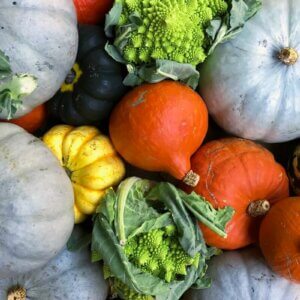
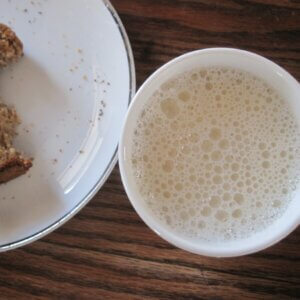


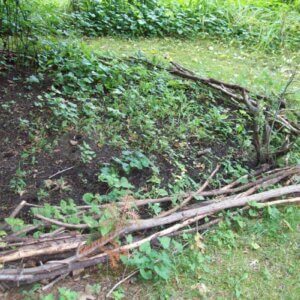

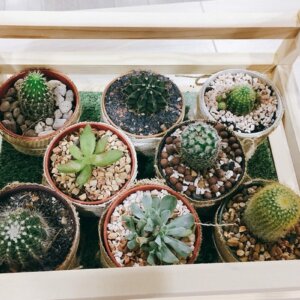









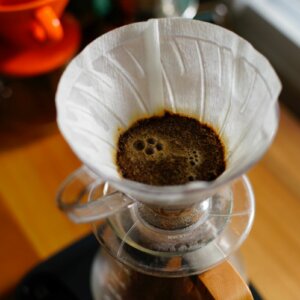



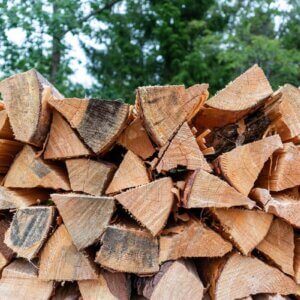
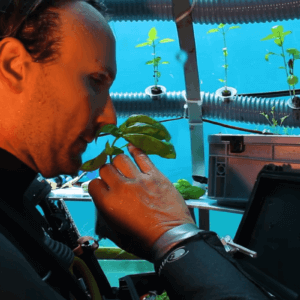




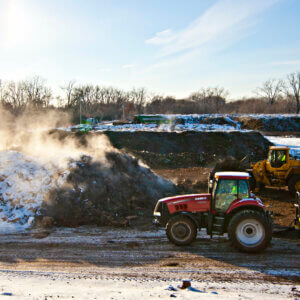

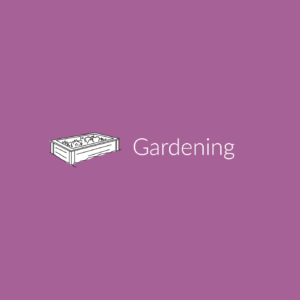


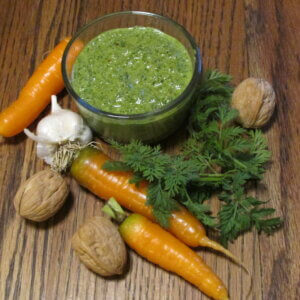




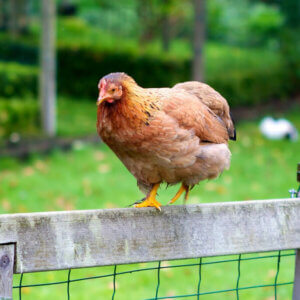

Leave a Reply